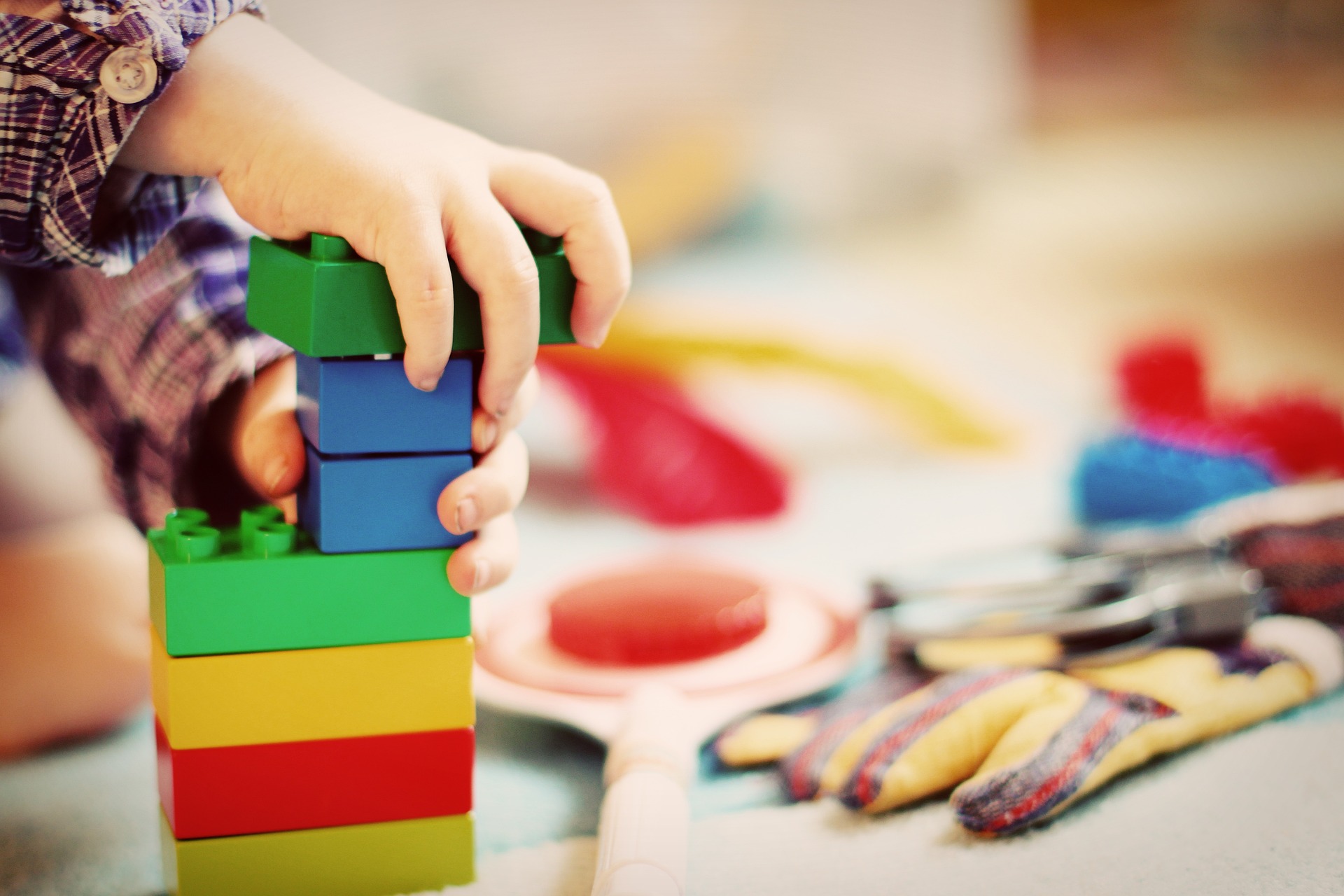A child’s room sees more design changes than any other room in the house. As your child grows form infant to toddler, child to tween and tween to teen their tastes and needs change. What was cool at age eight is considered unspeakably childish at age ten.
Given how often children’s rooms change, it’s best to decorate with a limited budget. With a few simple guidelines you can keep your growing child happy without breaking the bank.
Talk to Your Child
The first rule is to talk to your child and ask for design suggestions. Some of these suggestions will be unrealistic while others will be hilarious, like when my daughter wanted a permanent paddling pool in her room at age four. Other suggestions will spark your own creativity while providing the child with some input into his or her room furnishings.
When toned down, even the wild ideas can furnish you with ideas. My daughter never got her paddling pool, but the idea lead to a goldfish tank on a wall shelf surrounded by fish stencils. Remember you can veto any wild ideas — this is a parent-child talk, not Real Estate Litigation.
Paint and Stencils
Paint and stencils are your most valuable resources for decorating kids’ rooms. Given how much wear and tear the average children’s room gets, you’re going to have to repaint several times over the years anyway, so why not go a little crazy?
Learn a few simple paint techniques, such as feathering or color washing, and try them out in the kid’s room. If they don’t work out, a can of primer is all you need to erase your experiment and start again.
Stencils are cheap, easy to use and come in an enormous range of shapes. Stencils are also a frugal way to provide younger kids with a themed bedroom without running out to buy commercial bedding and furniture. We made a border around our son’s room with five different dinosaur stencils. When he got too old for those we simply painted over them.
Restoring Secondhand Furniture
A child’s room needs a bed, storage space and room to play. As they enter school they’ll also need a desk. Instead of buying new furniture, hunt for secondhand items you can restore. With a little sand paper and some paint you can transform a plain wooden bed frame into a work of art that blends perfectly with your wall paint. Older kids can help with the restoration.
Consider daybeds for your kids. Daybeds push directly against the wall, and only require a mattress, so you don’t need to purchase a box spring. In addition, you’ll find plenty of room under a daybed for storage boxes.
As for storage itself, cheap secondhand plastic tubs make cleaning up easy for kids, who can just toss everything into the tubs.




